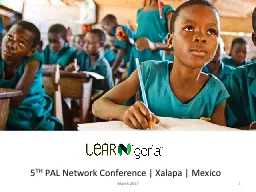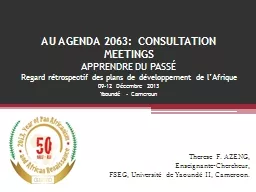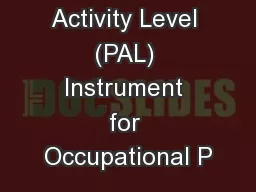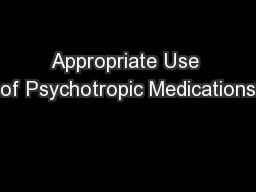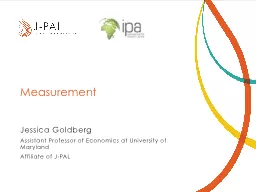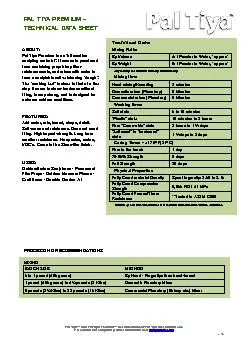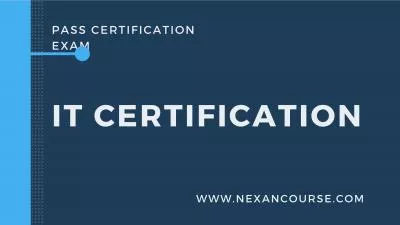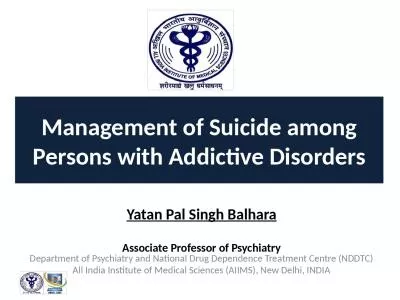PPT-March 2017 1 5 TH PAL Network Conference |
Author : fluental | Published Date : 2020-08-28
Xalapa Mexico Nigeria a glance Nigeria is the most populous country in SubSaharan Africa with an estimated population of 192 million over half of which are under
Presentation Embed Code
Download Presentation
Download Presentation The PPT/PDF document "March 2017 1 5 TH PAL Network Confere..." is the property of its rightful owner. Permission is granted to download and print the materials on this website for personal, non-commercial use only, and to display it on your personal computer provided you do not modify the materials and that you retain all copyright notices contained in the materials. By downloading content from our website, you accept the terms of this agreement.
March 2017 1 5 TH PAL Network Conference |: Transcript
Download Rules Of Document
"March 2017 1 5 TH PAL Network Conference |"The content belongs to its owner. You may download and print it for personal use, without modification, and keep all copyright notices. By downloading, you agree to these terms.
Related Documents

